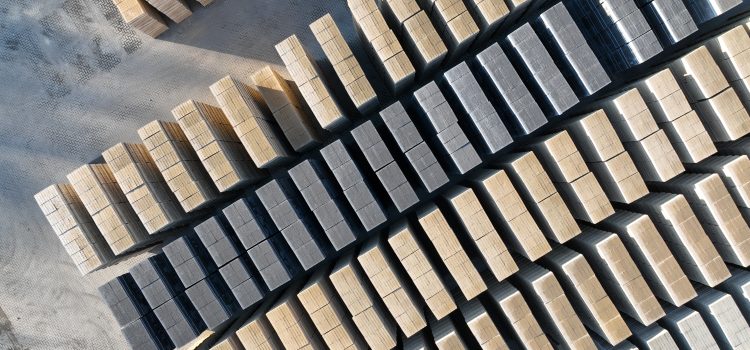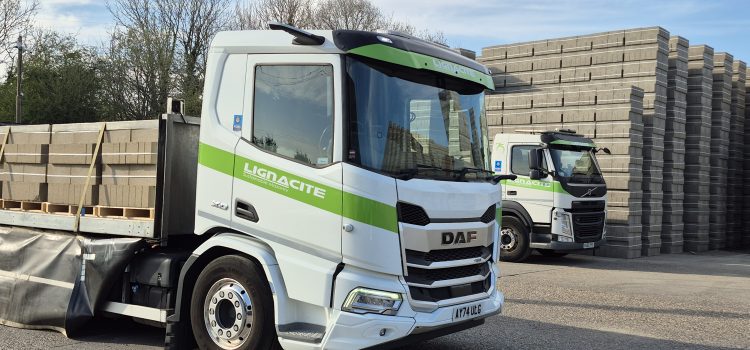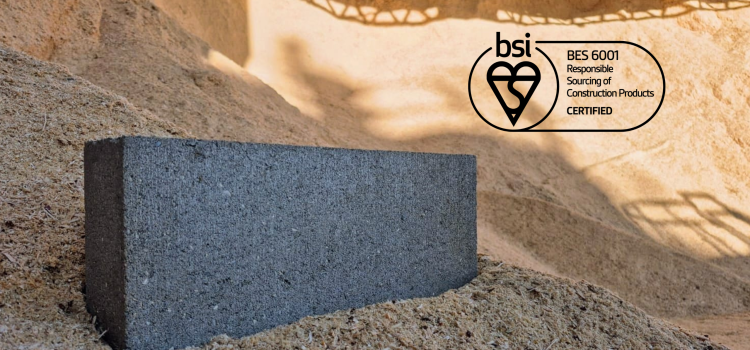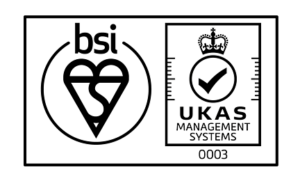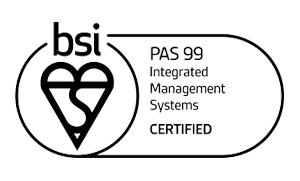Articles
The difference between primary, secondary and recycled aggregates
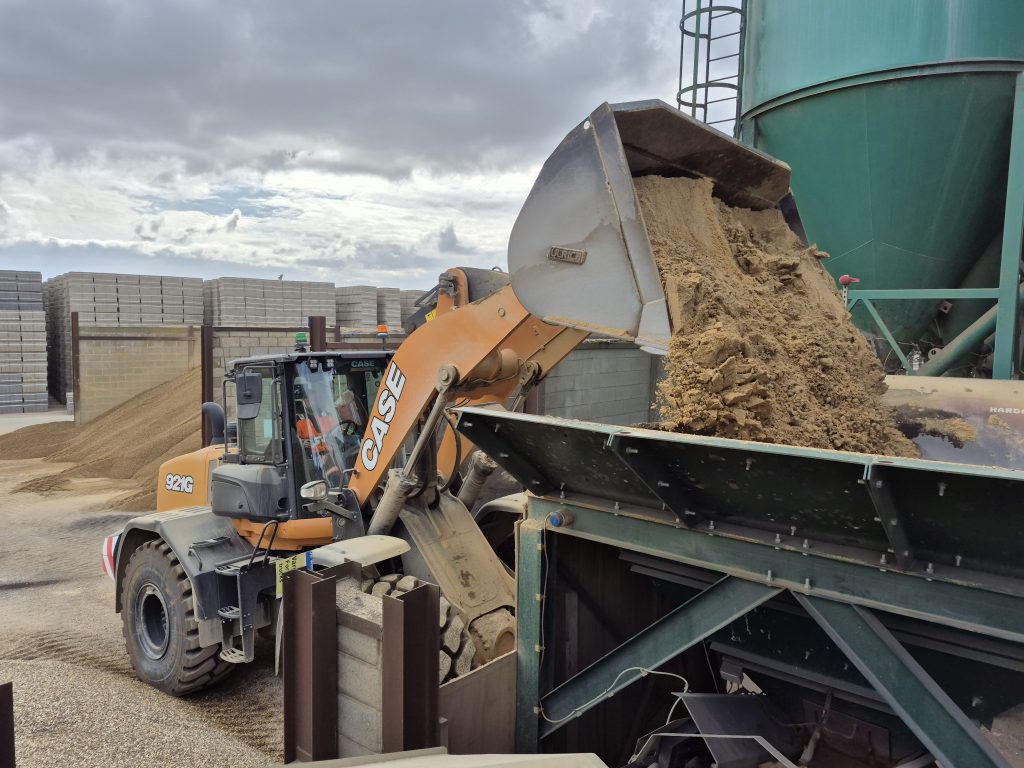
Posted by Lignacite
Aggregates are the foundation of the modern building industry. They play a vital role in everything from road construction and drainage systems to essential building materials like concrete blocks. Choosing the right type of aggregate can affect not only the strength and durability of a project but also its environmental footprint.
In this guide, we explore the different types of aggregates – including how they are used in our own concrete blocks – so you can make informed decisions for your next construction project.
What are primary aggregates?
Primary aggregates are natural resources used to make construction materials. They are typically crushed rock, such as limestone, sand or natural gravel, which have been harvested from the land or sea.
As an example, building sand is often sourced from quarries, riverbeds, lakes and the ocean floor. Impurities are removed during processing, before the sand is packaged, ready for use in construction.
According to the Mineral Products Association, most aggregates used in the UK are sourced domestically. Their data show that crushed rock accounted for 69% of natural aggregates produced in the UK in 2021. In the same year, sand and gravel accounted for 57.5 million tonnes.
The benefits of using primary aggregates include their ready availability and the fact that they are less likely to be subject to contamination. Primary aggregates are also likely to be of uniform size. As such, they are considered quality aggregates and are widely used in construction and infrastructure projects.
The biggest disadvantage of natural aggregates is their environmental impact. The harvesting of primary aggregates may involve damage to landscapes and habitats, whether that’s through quarrying or dredging lakes and rivers. In addition, they can be more expensive than secondary aggregates because of the extraction and transportation process.
However, the impact of primary aggregate production can be mitigated in many ways. For example, worked-out quarries are used as landfill sites before landscaping, while gravel pits are used for recreational water sports and nature reserves. Where feasible rail or water transport is used to reduce transport impacts.
While we use primary aggregates in our concrete blocks, we source them responsibly and use secondary or recycled aggregates where possible. We hold BES 6001, a certification which independently verifies our commitment to sustainable sourcing practices.
You can read more about aggregates and how they are used in concrete blocks here.
What are secondary aggregates?
Secondary aggregate materials are typically byproducts and waste materials from industrial or manufacturing processes. They are sometimes known as ‘manufactured aggregates’ and can include blast furnace slag, china clay, clay ball and incinerator ash.
These are typically cheaper to source than primary or recycled aggregates because they are byproducts that would otherwise go to landfill. Plus, they do not require extraction from the natural environment, meaning that their impact is limited. In fact, they also have environmental benefits in the form of waste management. Using secondary aggregates diverts waste from landfills and supports a circular economy.
Here at Lignacite, our flagship concrete blocks famously use graded wood particles in their production, which results in strong and durable construction materials. We also use incinerator ash to produce lightweight yet strong concrete blocks that are ideal for the construction industry.
The difference between primary and secondary aggregates
The difference between primary and secondary aggregates is the source of the material. Primary aggregates are extracted from the natural environment, but secondary aggregates have come from another source, such as an industrial or manufacturing process, or have been recycled.
What are recycled aggregates?
Recycled aggregates are hard, inert waste materials that have been processed for reuse. Recycled aggregates include demolition or construction waste, concrete aggregate, railway ballast and asphalt.
The key advantage of using recycled and secondary aggregates is that they prevent waste from being sent to landfill. According to the Mineral Products Association, 90% of construction and demolition waste (CDW) is recycled as aggregates in the UK.
The challenges of using recycled aggregates include inconsistency in the materials if they have been sourced from various locations. There could also be contamination risk from hazardous waste, depending on the source.
However, to encourage the use of non-hazardous recycled aggregates in construction, the UK has introduced the Waste & Resources Action Programme (WRAP) Quality Protocol. This reassures users that the recycled products are quality aggregates and free from contamination.
At Lignacite, we use a portion of recycled sand to create our concrete blocks wherever we can to reduce our reliance on primary aggregates.
The difference between recycled aggregates and other types
Recycled aggregates are a type of secondary aggregate. As such, they are often categorised collectively as Recycled Concrete Aggregates or RCA. Unlike primary aggregates, they do not come from natural sources but from a secondary source and have been processed for reuse.
Find out more about our raw materials
We use responsibly sourced materials in all our products, making our concrete blocks ideal for construction or building applications where sustainability is a priority. To find out more, visit the sustainability section of our website. Alternatively, contact our Quoting Team on 01842 778485 / quotes@lignacite.co.uk for expert advice for your next project.
